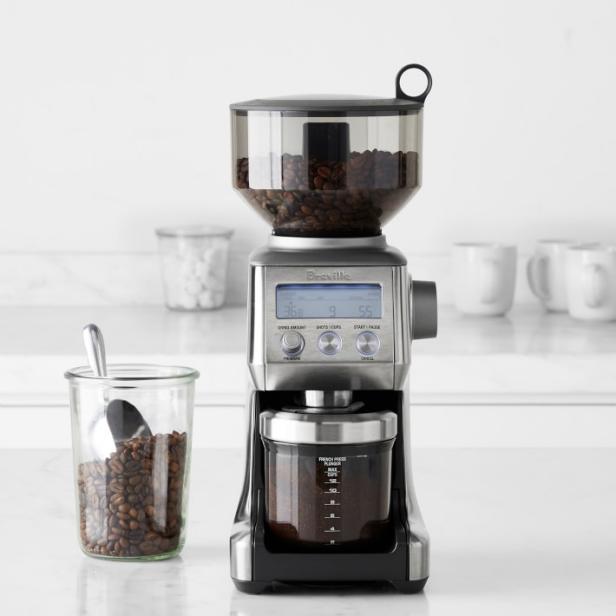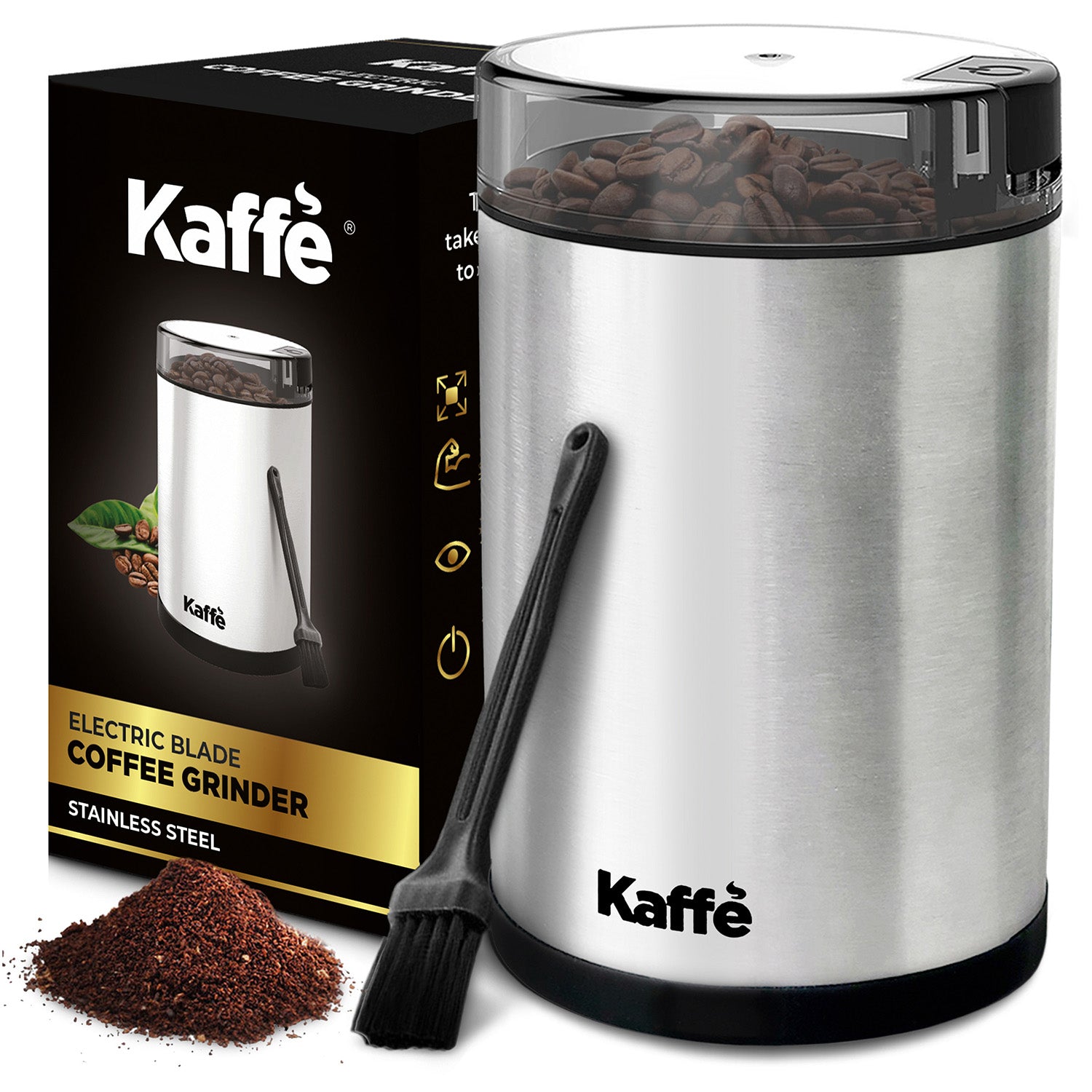The Ultimate Guide to Grinding Coffee Beans at Home
Worldwide of coffee fanatics, the process of grinding coffee beans in your home is considered an art form that can greatly enhance the high quality of your brew. The ideal cup of coffee frequently starts with the meticulous act of grinding beans to the perfect consistency, but this seemingly straightforward job involves a myriad of factors that can affect the result. From understanding different grind sizes to selecting the best mill for your requirements, beginning on this journey can be both gratifying and complex. Join us as we decipher the subtleties of grinding coffee beans at home and outfit you with the expertise and skills required to raise your coffee video game to new heights.
Various Coffee Work Sizes Explained
Recognizing the various coffee work sizes is necessary for attaining the excellent extraction and flavor in your brewed coffee. The dimension of the coffee grounds significantly influences the price of extraction throughout the brewing process. Coarser grinds have less surface location in contact with the water, resulting in a slower extraction procedure, which is suitable for techniques like French press and cold brew. On the other hand, finer grinds have increased surface location, permitting quicker extraction, suitable for coffee or Turkish coffee (Timemore Sculptor 064).
The most common work dimensions are extra rugged, coarse, medium-coarse, medium, medium-fine, great, and extra penalty. Extra crude appears like breadcrumbs and is typically made use of for chilly brew. Coarse work is similar to sea salt and fits French press brewing. Medium-coarse belongs to harsh sand and functions well for Chemex or Clever Dripper. Medium work, comparable to routine sand, is suitable for drip coffee manufacturers. Medium-fine resembles salt and is ideal for pour-over approaches. Great work, comparable to powdered sugar, is ideal for coffee makers. Additional penalty, virtually like flour, is perfect for Turkish coffee. By choosing the appropriate grind dimension for your brewing approach, you can improve the flavor and quality of your coffee.
Picking the Right Mill for You

Tips for Constant Grinding Outcomes
To attain consistent grinding results when preparing coffee in your home, it is important to develop a regular upkeep schedule for your chosen grinder. Timemore Sculptor 064. Normal cleansing of the mill's blades or burrs is critical to guarantee that no coffee residue develops and affects the quality of the grind. In addition, it is advised to alter your mill regularly to maintain the desired coarseness or excellence of the work
An additional pointer for attaining constant grinding results is to measure your coffee beans before grinding. Using an electronic range to evaluate the beans guarantees that you are using the proper coffee-to-water proportion for your brew, resulting in a more regular and well balanced taste in your cup.
Furthermore, readjusting the grind dimension according to your developing approach is crucial to acquiring the most effective outcomes. Different developing techniques, such as French press, pour-over, or espresso, call for certain grind dimensions to draw out the tastes appropriately. Explore various work sizes and keeping in mind the results can assist you ideal your grinding technique for each and every brewing approach.
Keeping and Preserving Fresh Ground Coffee

The very best containers for keeping fresh ground coffee are those made of ceramic, glass, or stainless steel. These products are non-reactive and do not transfer any type of smells that can jeopardize the coffee's taste. Furthermore, it is advisable to split your coffee right into smaller parts to lessen air direct exposure each time the container is opened up.
It is recommended to store the coffee in a great, dark area, such as a pantry or cabinet, rather than on the counter top or in the refrigerator. Fridges can present wetness to the coffee, impacting its preference. By adhering to these storage space techniques, you can lengthen the quality of your ground coffee and appreciate tasty mugs of coffee each time you make.
Troubleshooting Common Grinding Issues


One more common problem is grinder blocking, which can arise from oils in the beans staying with the grinder's blades or burrs. To fight this, routine cleaning and maintenance are essential. Utilize a brush to get rid of excess premises and oils, and take into consideration running a small amount of raw rice via more tips here the grinder to absorb any lingering oils. By addressing these common grinding concerns without delay and applying appropriate maintenance routines, you can make certain a regular and savory coffee brewing experience.
Conclusion
In verdict, understanding the art of grinding coffee beans in your home requires an understanding of various work sizes, picking the appropriate mill, and carrying out tips for constant results. Appropriate storage space and preservation of fresh ground coffee is likewise important for preserving its top quality. By repairing common grinding concerns, coffee lovers can enjoy a scrumptious cup of coffee made from freshly ground beans in the comfort of their very own home.
In the world of coffee enthusiasts, the procedure of grinding coffee beans at home is thought about an art kind that can significantly boost the top quality of your brew. Join us as we unwind the subtleties of grinding coffee beans at home and furnish you with the expertise and skills pop over here needed to raise your coffee video game to brand-new elevations.
Understanding the different coffee work sizes is necessary for attaining the perfect extraction and flavor in your brewed coffee.When running into usual grinding problems while preparing your coffee, it is critical to resolve these challenges quickly to make sure the high quality of your mixture lines up with the treatment taken in keeping and maintaining fresh ground coffee. By repairing usual grinding concerns, coffee fanatics can appreciate a scrumptious cup of coffee brewed from freshly ground beans in the comfort of their very own home.